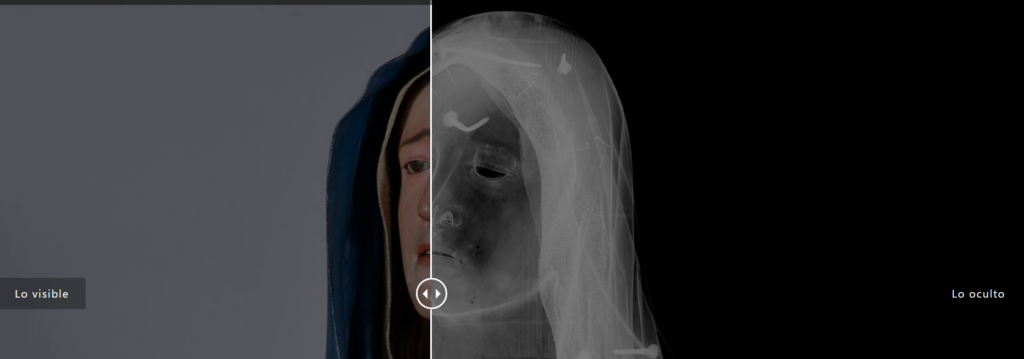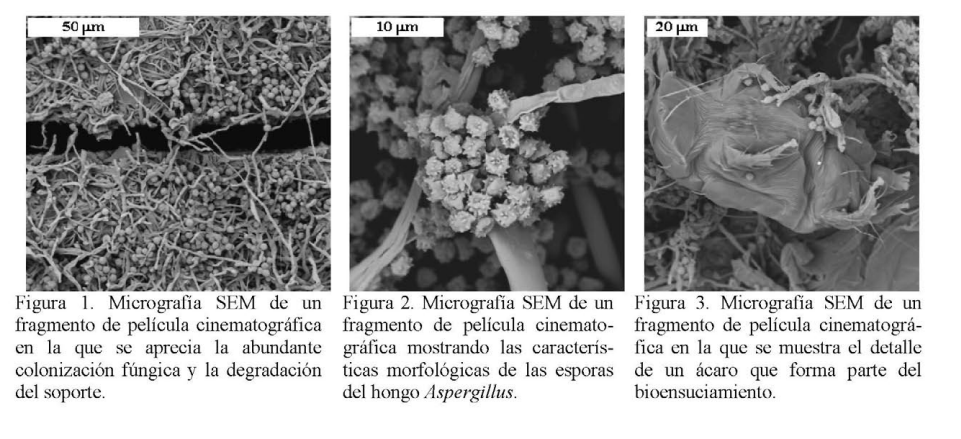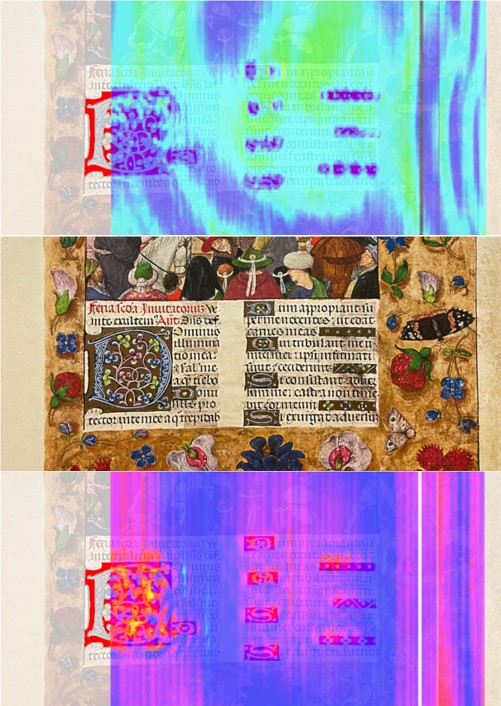Refreshing your memory, in the previous blog “Talking about everything visible and invisible (I)” we briefly told you about the digital technologies and techniques used to inspect, document and analyze Cultural Heritage in the visible range (the one that our eyes capture). It is now time to tell you about the complementary technologies and techniques that work in other ranges where our eye does not see (the invisible), allowing us to know about composition, history and conservation needs. Here they are:
- X-ray techniques: X-ray radiography and X-ray fluorescence (XRF) imaging are helpful in examining the internal structures and material composition of cultural heritage objects. These methods aid uncover hidden layers and construction details that are vital for restoration and conservation efforts.

- Infrared (IR) imaging: near-infrared (NIR) reflectography, infrared thermography, and infrared spectroscopy are used to analyse pigments, identify underdrawings or alterations, and study the degradation of materials. This provides a deeper understanding of the original techniques used by the artists and the changes that the objects have undergone over time.
- Ultraviolet (UV) imaging: is utilized to highlight the fluorescent properties and surface details of objects. This technique reveals hidden markings, retouching, and other modifications that are not visible under standard lighting conditions, offering insights into previous restoration efforts and the object’s history.
- Microscopic analysis: employing optical and electron microscopy allows for the detailed examination of minute features, such as pigments, fibres, and inclusions. Microscopic analysis is crucial in the study of material structures and degradation processes at a microscale level.

- Spectroscopic techniques: methods like Raman spectroscopy, Fourier-transform infrared spectroscopy (FTIR), and X-ray spectroscopy provide detailed information about the molecular and elemental makeup of cultural heritage objects. These techniques are essential for identifying pigments, analysing organic materials, and detecting changes related to aging and degradation.
- Chemical analysis techniques: gas chromatography-mass spectrometry (GC-MS) and liquid chromatography-mass spectrometry (LC-MS) are used to identify and characterize organic compounds present on cultural heritage objects. These techniques allow understanding the material composition and the degradation processes, definitely aiding in developing appropriate conservation strategies.
- Non-Destructive Testing (NDT) techniques: computed tomography (CT) scanning, THz imaging, and ultrasound, are crucial for investigating the internal structure and condition of cultural heritage objects without causing any damage. These techniques reveal hidden features, assess structural integrity, and identify potential defects.
Although X-ray imaging can penetrate deeper and through denser materials, and also generally provides higher resolution images than THz imaging, this last is particularly safe for organic materials as it does not involve ionizing radiation (unlike X-rays, which require strict safety protocols to prevent damage to sensitive historical objects). THz imaging provides excellent material contrast for organic and composite materials, leading to a growing demand due to its effectiveness in non-destructive testing.
THz imaging is scarcely widespread throughout the EU but it is primarily found in technologically advanced research institutions, major museums, and specialized conservation labs. CARTIF is fortunate to have a dual-source THz system (100 GHz and 280 GHz) making it the proper partner in supporting museums and any kind of cultural institutions in art conservation and materials science.

Additional multimodal analysis methods should be considered to include a temporal dimension, keeping track of the evolution of features and phenomena over time. It implies the integration of data acquisitions from different visible /non-visible technologies into complex data structures that provide new analysis opportunities for scientists, conservators and curators. This requires advanced data processing and visualization tools that act as virtual environments for precise exploration, allowing to fully explore the always complex cultural heritage objects.
Collaborative platforms are essential for sharing and integrating digitized visible and non-visible data in this context, facilitating global cooperation among researchers, conservators and curators and also enhancing the collective understanding and preservation of cultural heritage.
- Artificial Intelligence and Cultural Heritage: A Promising Alliance (With Nuances) - 7 November 2025
- The black gold of Castilla y León: its Cultural Heritage - 5 December 2024
- Talking about everything visible and invisible (II) - 30 August 2024
